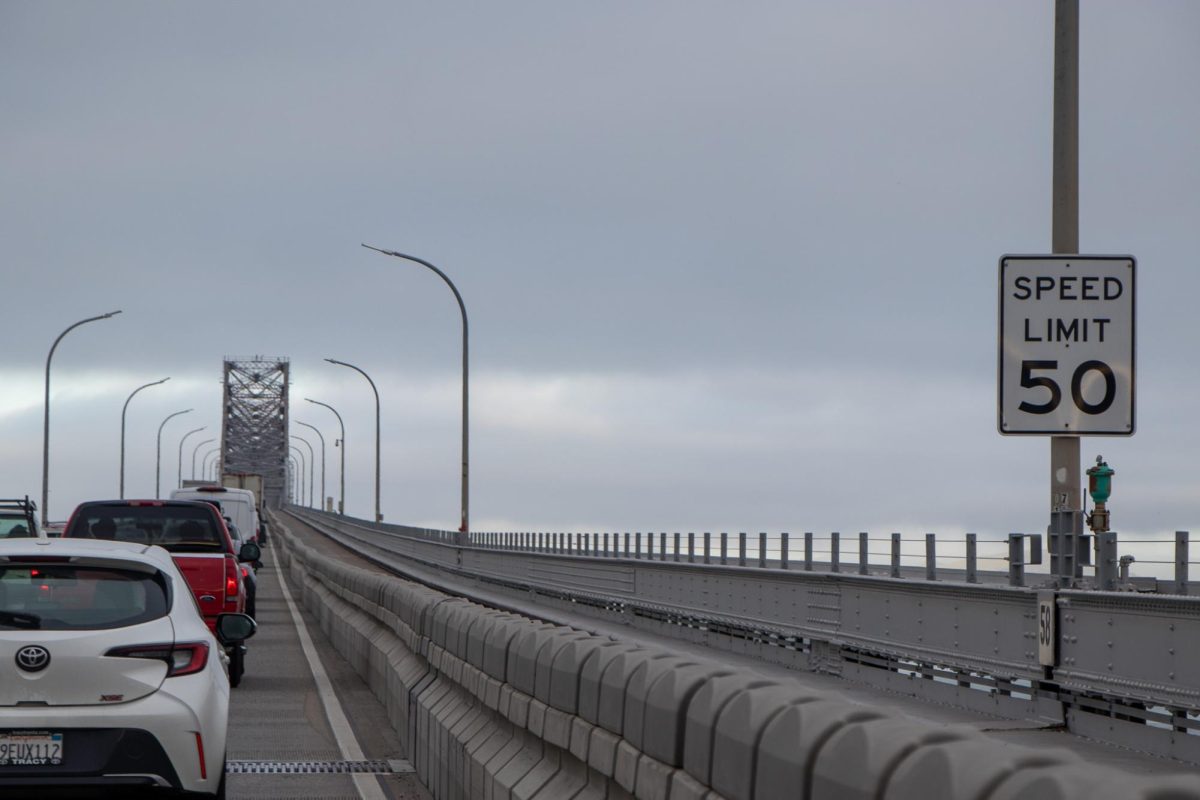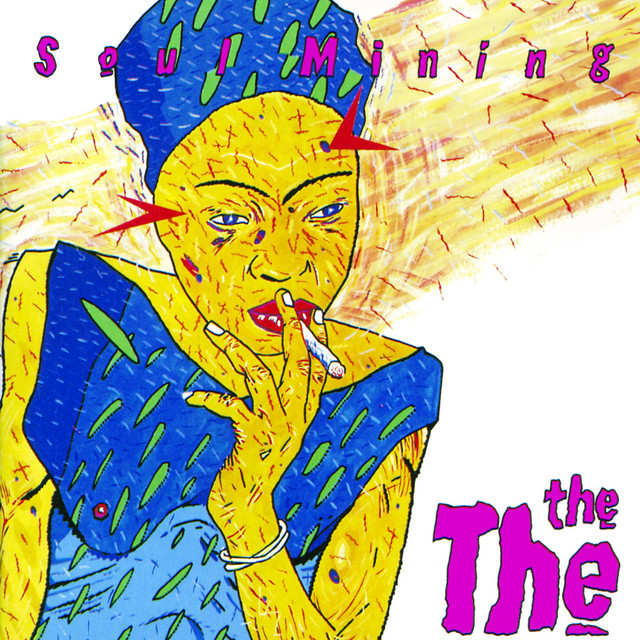Let me paint an all-too-familiar picture: It’s 8 a.m. and you’re driving to work, struggling through a traffic jam that seems to defy all laws of motion. Today, the traffic stands more still than the still-life paintings by Cezanne himself. As the cars in front of you inch forward, at a pace that would make serendipitous snails look like Usain Bolt, the minutes tick by. You can’t help but wonder what’s causing this unbearable gridlock. An accident, perhaps?
Navigating through the seemingly endless line of cars, you finally reach the bridge, only to be confronted with the problematic pastiche of seven lanes merging into two. If you manage to emerge unscathed, you’ll soon encounter the source of the collective exasperation: the empty bike lane. In the morning hours, this lane is a desolate stretch with only a few biking despots, most of whom are dressed for an early retirement workout rather than actual work. Almost nobody uses the bike lane for its intended purpose.
The bike lane caters to a small minority at the expense of the overwhelming majority, including the roughly 18,000 people who commute daily across the Richmond-San Rafael bridge to Branson and beyond for a better job across the bay, also harms the surrounding residential communities. Studies have shown that increased traffic leads to higher levels of harmful emissions. The logic is clear: More traffic means more cars spending more time burning more fuel at lower efficiencies, resulting in worse air quality for everyone. Furthermore, the highway traffic often backs up onto small residential streets; this only worsens the problem in those neighborhoods.
The bike lane is estimated to add an average of 16 minutes to our commute across the bridge, translating to 48 to 69 additional hours spent in traffic every year for regular commuters. Imagine what could be done with that time — the quality moments that instead could have been spent with family, friends or pursuing interests. Instead, we’re stuck in traffic.
There needs to be a change.
However, some members of the biking community seem opposed to the idea of change — say, a moveable barrier that can accommodate cars during times of heavy traffic. But let’s be real. If the bike lane goes mostly unused, what is their motivation for resisting the change? Environmental concerns hardly hold water when cars in traffic have significantly worse mileage and emit significantly more CO2 into the atmosphere when in bumper-to-bumper traffic. And as far as the argument that another lane of traffic would increase car usage and therefore traffic, isn’t the logical extension of this idea to simply close the other two remaining lanes of traffic? This will surely lead to less cars, but I see very few advocating for this proposition.
It’s time to rethink our priorities and find a solution that benefits the majority of commuters, reduces traffic congestion and ensures a better standard of living for all.





giuliano carlini • Apr 1, 2024 at 7:17 am
Completely agree. It’s time for a change!
People should shift from being stuck in traffic to using the bike lane. Is better for their health, it’s better psychologically, it’s better for climate change, it’s better for the surrounding community. It’s even better for the remaining car traffic.